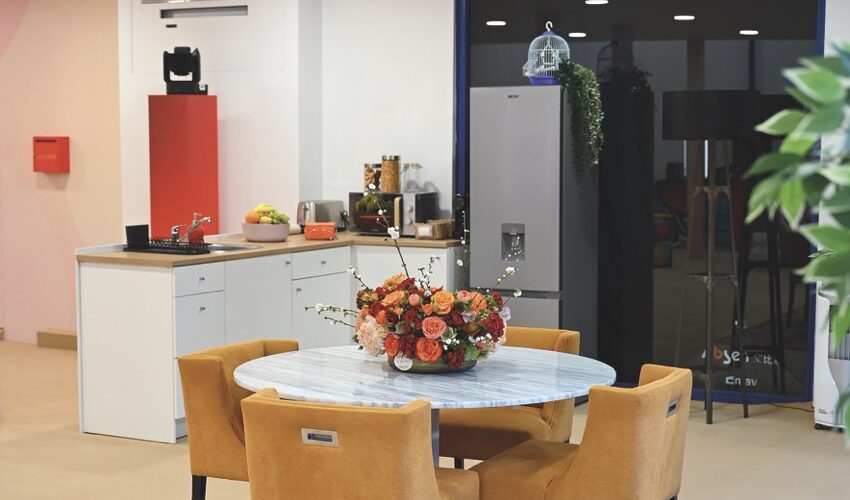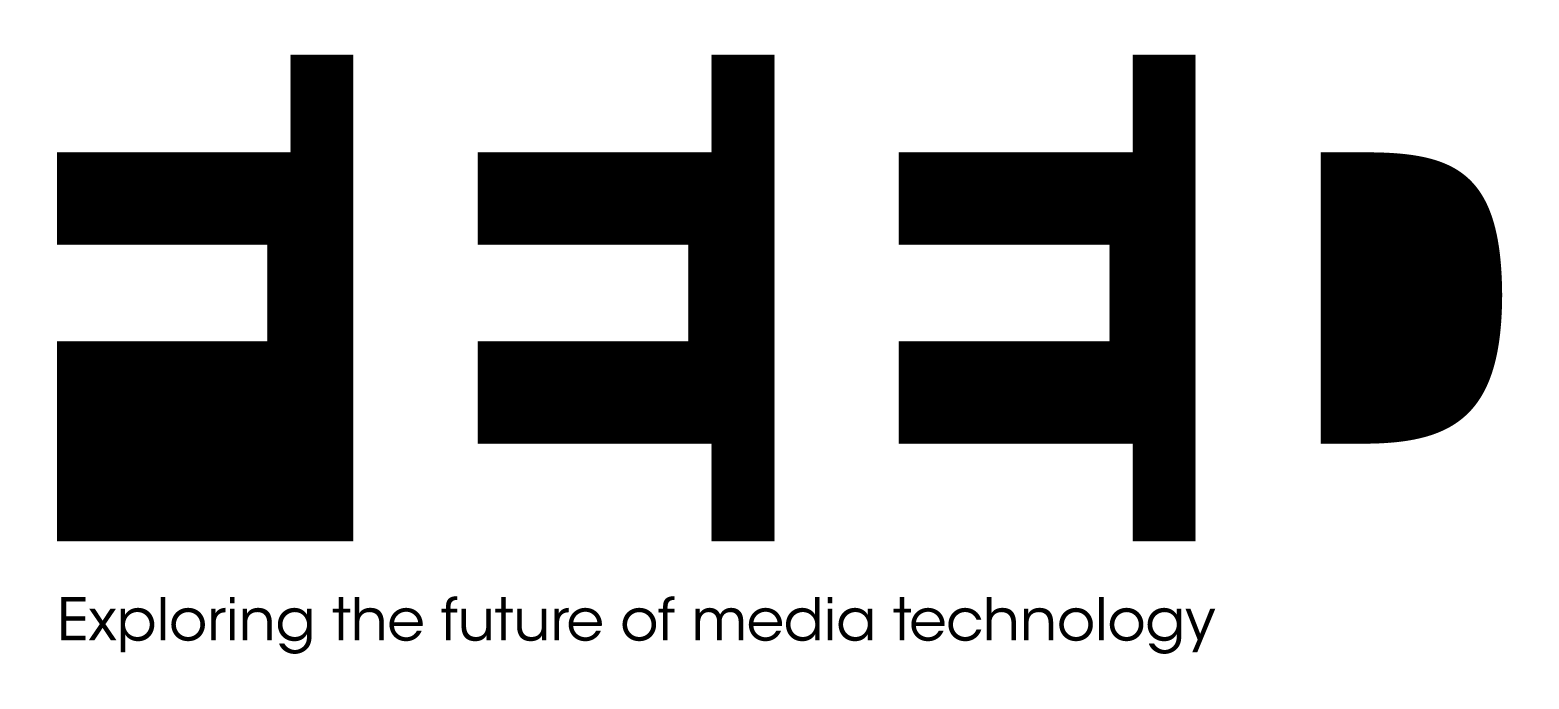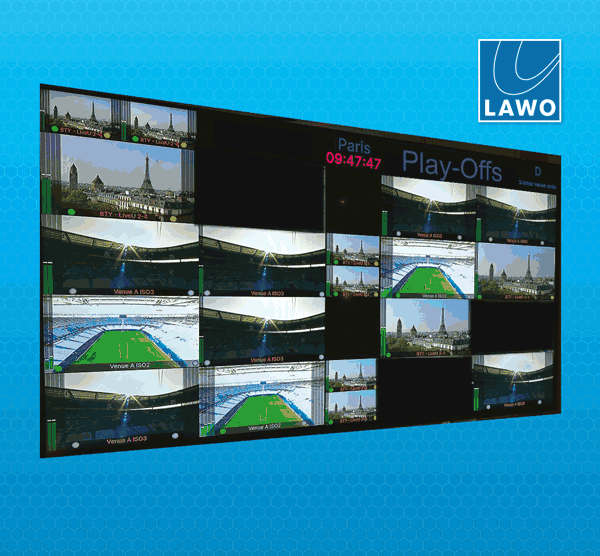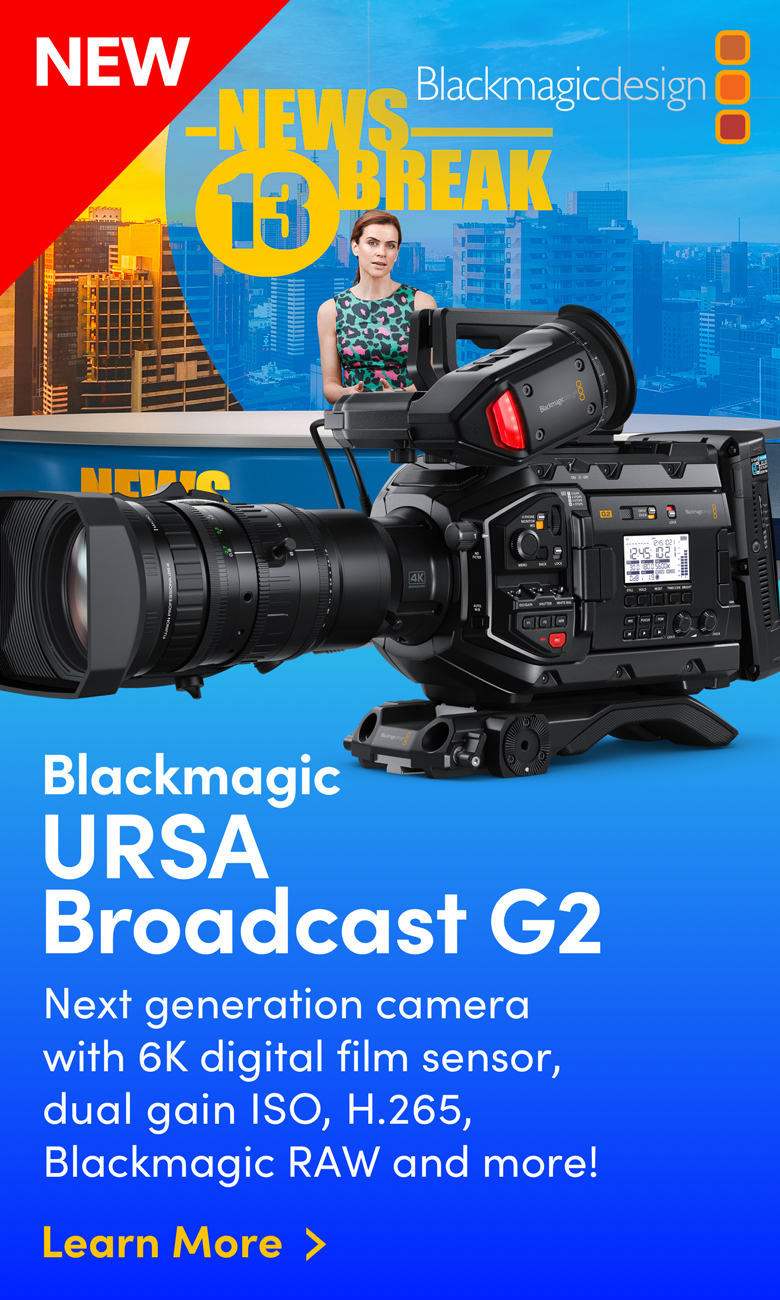Profiling PTZs for reality TV

Posted on Jul 8, 2025 by FEED Staff
Pan-tilt-zooms have taken the media industry by storm. It’s time for us to unravel their story
Words by Oliver Webb
Pan-tilt-zoom cameras (PTZs) first came into use for military and surveillance purposes during the fifties and sixties. CCTV cameras relied on pan and tilt mechanisms in order to effectively operate. But it wasn’t until the late nineties that PTZs first became commercially available, with Panasonic introducing the traditional box camera and pan-tilt remote head solution. Since their launch, PTZs have transformed the media industry, and are now integral to creating reality TV shows, broadcasting live sports and news, as well as capturing live concerts and playing a significant role in gaming and live streaming.
Whether you’re looking for a suitable PTZ for high-end remote productions or an amateur live stream, there are many different options depending on the need.

Working smarter
PTZ camera capabilities and functionalities have significantly improved over the last few years, along with the surge in demand. Panasonic’s PTZ models, including the AW-UE150A and AW-UE160, are now considered market standards. For Panasonic, this all began in 2008 when it introduced its first all-in-one PTZ – the AW-HE100.
“At the time, it was a pioneering step towards simplifying video production and opening new possibilities in remote-controlled camera tech,” begins Anna Arkatova, product marketing manager at Panasonic Connect Europe. “Fast- forward to today, and Panasonic has evolved into a global leader in PTZ camera solutions, with over 300,000 units sold worldwide. Our cameras have become the most widely used in the industry – a trusted choice across studios, universities, public spaces, live events and sports venues. At Panasonic, we don’t just build cameras. We create connected solutions that empower content creators, institutions and broadcasters to work smarter, faster and with greater freedom.”
PTZs have evolved significantly over recent years – particularly in terms of automation, imaging performance and integration. Sony, too, offers a comprehensive range of PTZ solutions tailored to different professional needs. Its range includes the SRG series, BRC series and the world’s first full-frame, interchangeable-lens PTZ camera, the FR7. “High-resolution 4K capture and larger image sensors are now standard across professional PTZs, delivering detailed video even in demanding environments,” explains Claire Lam, head of network cameras and professional monitors at Sony.
“Zoom capabilities have also advanced, enabling clearer close-ups without loss of image quality. Connectivity has become even more versatile, with IP streaming protocols, PoE++ and remote-control options making PTZ cameras much easier to deploy within a wide range of AV and broadcast set-ups.”
One development that has been particularly transformative is the integration of AI and machine learning. “Our AI-based PTZ auto-framing technology employs body skeletal, head detection, face and clothing detail recognition methods to track and frame subjects, such as presenters, naturally and intelligently,” continues Lam.
“The upcoming BRC-AM7 v2.0 firmware introduces enhanced framing functions, including multi-person detection, face registration, tracking range customisation and the lead room effect, which dynamically adjusts framing based on the subject’s gaze direction. Innovative enhancements such as these will contribute to more autonomous, efficient production workflows.”
Bolin Technology is focused on building PTZ systems that combine professional-grade optics with versatile connectivity, so users get top-tier image quality, flexible deployment, and robust control – all in one package. Their different PTZ variations include the N2, N6 and N7 models, the EXU series, the SD530NX and EX1030NX. With models offering up to 4K/60p video, advanced zoom, large sensors and outputs like High Bandwidth NDI, NDI HX3, NDI Embedded Bridge, 12G-SDI, optical fibre and HDMI, these PTZs are designed for indoor arenas, performance spaces and high-end production facilities.
Bolin’s PTZ camera line-up has grown to meet the increasing demands of modern broadcast and AV workflows – ranging from high-end indoor production to rugged outdoor coverage and flexible IP-based installations. “Each product line serves a unique purpose based on image requirements, environment and connectivity needs,” notes Sapan Doshi, product manager at Bolin.
“Bolin is also a pioneer in PTZs that support Dante AV, offering cameras with Dante AV Ultra and AV-H to enable synchronised audio and video over IP. These are a natural fit for enterprise AV, live events and integrated AV systems where Dante infrastructure is already in place.
“Bolin designs PTZ cameras with flexibility and practicality in mind. Many of its models offer multiple, simultaneous and independent video outputs – such as NDI, SDI, HDMI, USB and IP streaming – with each kind also capable of operating at different resolutions.
“This allows users to tailor each output for a specific use case, like sending 4K to a switcher while streaming in HD. Best of all, every feature is available out of the box – there are no subscriptions, unlock codes or additional licence fees needed to access full functionality.”

Case by case
Due to their features and robustness, PTZs are now used for numerous purposes. One area where demand for them is increasing is in live sports.
Sports production demands reliable, high-performance AV solutions to capture fast-paced action and deliver instant replays, engaging fans both at home and in the stadium. PTZs have also become a key part of training, assisting with analysis of players’ techniques and helping to improve strategies. Their tracking features are particularly beneficial in fast-paced sports like ice hockey, as they can focus on specific players or elements of the game.
Panasonic’s PTZs have been used for big music events and tours, such as Ed Sheeran’s global Mathematics Tour, Eurovision Song Contest and Camper Calling Festival. They have also been used across numerous sporting events. “They were installed in major broadcast studios all around the world, like Mediaset and RTL2, to name a few,” adds Arkatova.
“They’re also very popular in higher education institutions like Sciences Po in Paris, and in corporate settings, for example in studios at RWE and IFM. These cameras enable smoother movements and can be managed remotely, from intuitive software platforms that bring multiple systems together as one. This means camera movements can be automated, programmed and repeated by a single operator, which delivers a new level of control and precision to sectors like esports.”
Sony’s PTZs are playing a key role in sports broadcasting, redefining production by offering more flexible, remote-controlled solutions that deliver high-quality visuals with minimal on-site crew. Its cameras have been used at Italian Cup finals and Wimbledon, as well as many other events. “Their compact size and advanced automation make them ideal for capturing unique perspectives – whether it’s pitch-side, in coaching boxes or player tunnels,” says Lam.
“Sony’s PTZs are increasingly being used in player tunnels to capture emotional pre-match moments or post-match reactions in a discreet, cinematic way. They’re also utilised for player interviews enhanced with AR graphics, where accurate tracking data from cameras like the FR7 supports augmented content overlays, seamlessly blending physical and virtual worlds.
“The BRC-AM7 brings intelligent automation into play with its AI-based multi-person framing and subject tracking, dynamically following players, coaches or presenters during tactical discussions or press events. This not only improves production efficiency but also elevates the storytelling by ensuring subjects are always properly framed, even without a dedicated camera operator.
“As demand grows for more immersive fan experiences and more efficient remote workflows, PTZs are becoming a critical tool for clubs, broadcasters and content creators in the sports industry.”
Bolin’s PTZ range has been seen across a wide range of programmes, events and venues, even being used for local council meetings in the UK. Many international sports venues, and particularly UK football clubs, also make use of the SD530 speed dome camera in locations where there would be health and safety issues for camera operators.
“Glyndebourne Opera House is using NDI PTZs as conductor cams. When the singers are backstage, they need to see the conductor, whether they’re a soloist or part of the chorus,” adds Doshi. “Glyndebourne is using the N2-220X PTZ to send a feed to a screen backstage for this purpose. For obvious reasons, the feed needs to be as low latency and near to real time as possible.
“Additionally, the Phil Haarlem in the Netherlands chose the R9-230H to record and stream performances due to its low-light capabilities. The R9-230H uses a Sony Starvis 2 sensor, which is seriously good in low light, and super image stabilisation, which helps keep images still when vibration is present in the auditorium.”

Framing the future
Covid-19 proved to be a turning point for the future of PTZs, as they could easily enable remote broadcast and operation without the need for on-site crew. Despite having been around for years, the last few have seen the functions and capabilities of PTZs shift significantly.
In the past, there were drawbacks such as limited field of view, latency sensitivity and blind spots, but these factors have all been part of the improvements made within the last few years.
Not only are PTZs being utilised on some of the world’s largest stages, including in newsrooms, concerts, for sports finals and even on reality TV shows such as Big Brother and Love Island, they’re now also a vital part of the toolbox of gamers and streamers. PTZs simplify the capture and streaming of content, while also reducing costs and often having much higher-quality lenses and sensors than webcams, proving themselves to be a practical option for gamers and streamers.
With the growth of AI, many PTZs are now relying on AI tools for further functionality improvements. Arkatova believes AI will reshape the AV world, and says that Panasonic is embracing AI-based tools to enhance video production techniques and offer more creativity for operators and producers. “For example, thanks to deep learning and AI, we now have PTZ auto-tracking and auto-framing software. This offers new ways to film smoothly and from challenging angles without having to manually move the camera around or operate it by hand. Powered by AI, the camera can obtain better framing parameters to produce high-quality video content with ease. It also enables automatic professional-level framing in real time, thanks to using framing presets that are able to accurately replicate user-defined settings.”
PTZs have come a long way from their early reputation as auxiliary or backup tools. According to Doshi, they are fundamentally changing how broadcast teams think about production, making it more scalable, efficient and flexible than ever before.
“Today, they’re front and centre in professional production workflows, and for good reason,” Doshi says. “Their image quality has taken a major leap forward. Modern PTZs feature larger sensors, improved low-light performance, better image stabilisation and long zoom ranges that can even rival traditional broadcast cameras.
“What used to be a fallback option is now a go-to tool for the capture of primary angles during live events, worship services, in studios and sports broadcasts. These cameras aren’t just being mounted where people can’t go – they’re being utilised to capture dynamic shots from unique vantage points that would be difficult or impossible to reach with traditional gear.”
Changing viewer habits have also helped push adoption of PTZs. With audiences watching on smaller screens like mobile devices, the expectation is that content becomes more dynamic and immersive, with multiple angles, tighter shots and more in-the-action perspectives.
“As production budgets shrink and demands for content increase, PTZs are allowing broadcasters to capture more angles with fewer operators, elevating coverage without having to expand crews,” concludes Doshi.
“With support for IP workflows like NDI, Dante AV and SRT, PTZs are perfectly positioned for remote production and distributed control, allowing directors to manage multicamera shoots from anywhere in the world. Integration of protocols like FreeD is also pushing PTZs into virtual sets and AR environments, which are becoming more common in modern studio design. Combined with improvements in image quality, zoom capabilities and synchronised multi-output delivery, PTZs are now legitimate first-choice tools, not just for niche roles.
“Ultimately, they’re providing broadcasters with the toolkit they need to do more with less, while still meeting the high expectations of today’s audiences.”

This article first featured in the Summer 2025 issue of FEED magazine.









